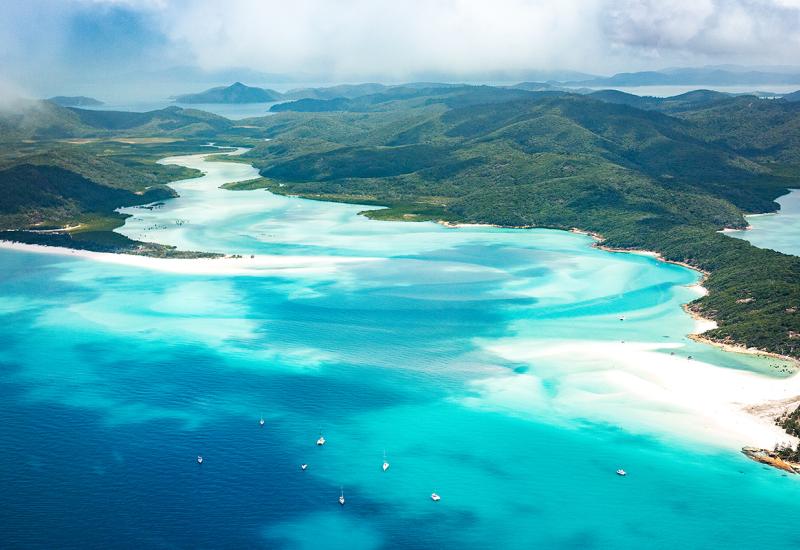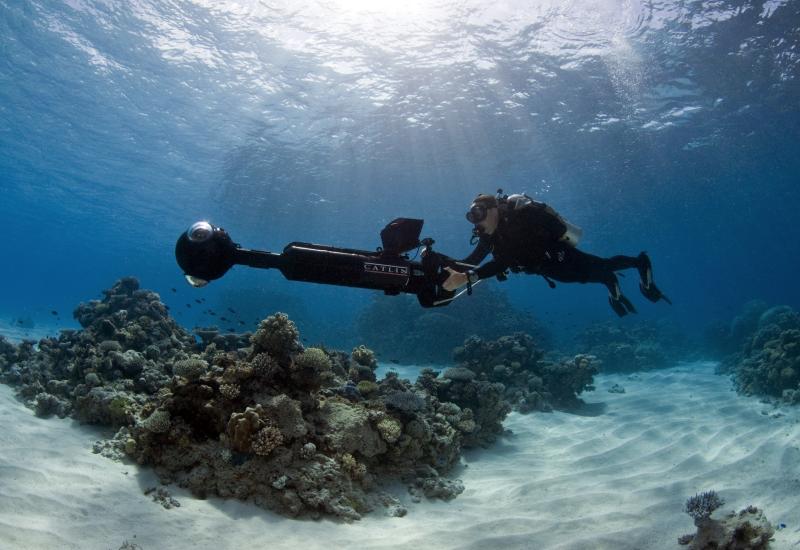Truk Lagoon Wreck Diving and Dive Cruises in Micronesia
This big-fleet oiler is one of the most beautiful World War II wreck sites lying within Shinkoku Maru[ital]-famed Truk Lagoon. Located in the Combined Fleet anchorage for active warships of the Japanese Imperial Navy, it's nearly at center of this great sheltered lagoon. Well away from adjacent islands, incredible gardens of soft corals and endless varieties of fish life have adopted this big ship as their home and source of life support. Few world locations can match the array of colors and life found here.
Under this show of natural beauty, the form of a well-designed 500-foot period tanker looms large, sitting upright on a sand floor at 125 feet awaiting the probing eyes and lights of today's divers marveling at its many extravagances and inner attractions.
This ship was a key oiler needed to supply at-sea fuel to Japanese warships working from this once-powerful base. It was unable to depart with the rest of the battle fleet in advance of U.S. attacks due to ongoing engine work, and it was a prime target for carrier aircraft of Operation Hailstone roaring in over Truk's calm waters that fateful morning of Feb. 17, 1944. Wartime newsreel excerpts of it being attacked can be viewed from the video library aboard the SS Thorfinn.
A bow gun at 45 feet, nearly hidden under masses of corals and fish, is accompanied by an over-the-starboard-side view of incredible hues of endless coral types and colors stretching aft from the anchor hawse for nearly 150 feet. This gives way to masses of big clams that have survived because their toxins repelled ravenous clam seekers. Brilliant hues of color emanate from their mantles, and fish life from sharks, rays, turtles, jacks, dolphins, barracuda, damsels, triggers and eels are just some of countless species found along this ship's extremities.
Internal views of a medical bay with an operating table and adjacent medicine jars are backed by views of galleys, tables, crew quarters, pump cofferdams and an immense engine room with base doors open on a huge disabled diesel unable to cough to life and permit a timely evacuation from this doomed site.
Interestingly, a visiting Japanese schoolteacher explained this ship's rather intriguing name. She wrote in our on-board guest book the meaning of each syllable. Shin refers to a godlike leader, the emperor or headmaster, and koku refers to one's home nation. So, this vessel, dedicated by name to an emperor and a homeland, was perhaps symbolically representing the sinking fate of their war.
We invite your visit to enjoy so many fine submerged attractions within this sunken wartime museum held in a time warp below Truk's lagoon surface.










